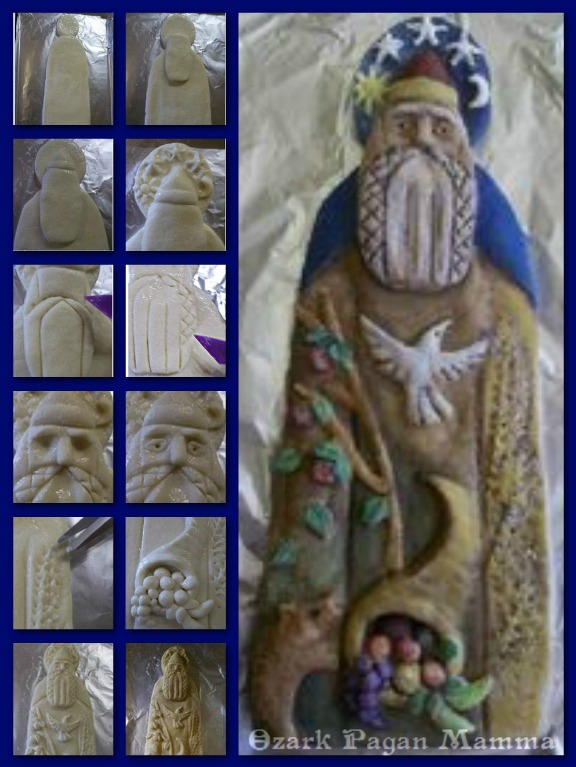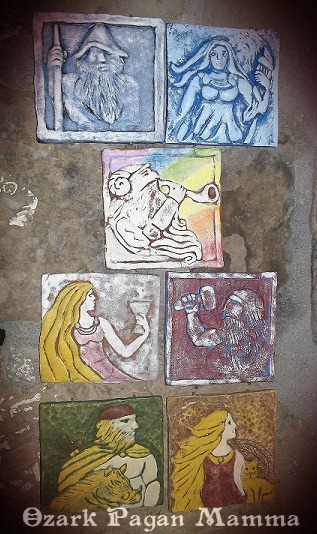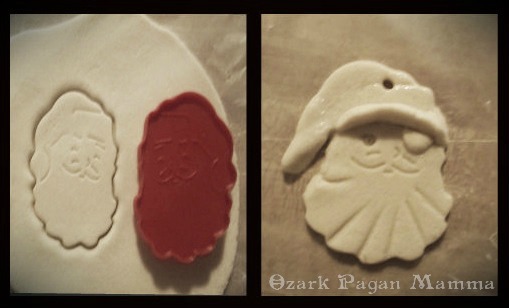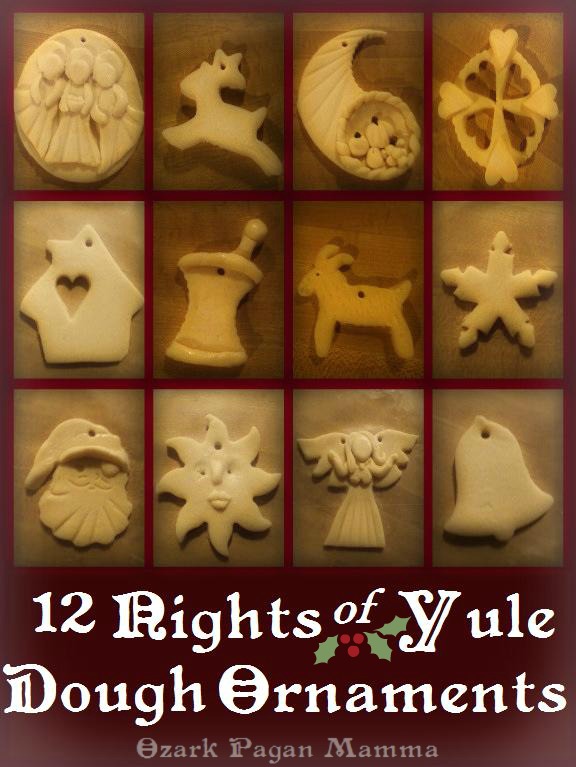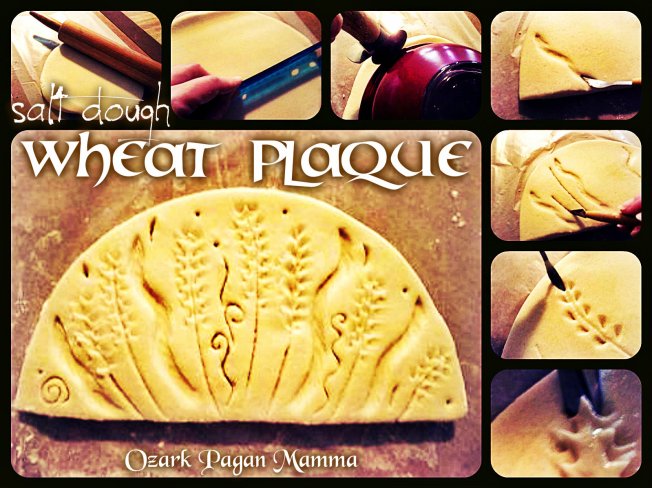Learning the names, meanings, and other association of the elder futhark runes can be a very daunting task. The ability to memorize things is definitely not one of my strong points. That’s probably why I procrastinated so long on learning the runes. And actually main motivator in doing so was to be able to give the omen at rituals without having to fumble with a “cheat sheet” of rune meanings. Casting the omen at ritual was one of those things I couldn’t really get out of; I’m the organizer of our small ADF Protogrove, and any ritual parts that no one wanted to take, I ended up doing. I didn’t have much faith that I would be able to memorize all the symbols, names and basic meanings, but I figured I’d better try. Turns out, I was much more successful than I thought I would be.
I started by associating the shape of each rune with it’s meaning. Here are some associations I used for initial memorization of a very basic meaning and other information for each rune:
fehu – means cattle and cattle equates to moveable wealth. Two lines jutting out from the vertical line remind me of cow horns. This rune looks like an F, and represents the letter F.
uruz – means auroch, a wild European ox that is now extinct. It represents primal power. I thought that the shape of this rune looked like what I imagined the profile of a ox’s body would look like; broad in the shoulders but tapering down at the hind quarters. It’s also an upside down U, and this rune represents the letter U.
thurisaz – means thorn or thurs (giant). It represents danger or a warning. It looks like a thorn and represents the sound “th”.
ansuz – means ás (a god), in particular; Odin. It represents communication, which is Odin’s domain. This rune almost looks like the letter A (if you were to extend some of the lines), and it represents the letter A. I think “A for answers”, to remember its meaning.
raido – means riding and this rune has to do with travel. It looks like an R, and represents the letter R. R for riding.
kenaz – means torch. It represents illumination and knowledge. Imagine a flashlight on the left of it, and it looks like a drawn image of light shining forth. It looks like the letter C, and represents C or K.
gebo – means gift. This rune has connotations of hospitality and relationship. The X reminds me of the criss-cross over the top of a round loaf of bread, or ribbons on a present. Gebo and gift both start with G, the letter this rune represents.
wunjo – means joy. It looks like a banner on a stick, something someone might wave in a joyous parade, or a balloon on the end of a string. The first part of it’s name reminds me of the word “win” (though it’s not pronounced like it). Both words start with W, and this rune represents that letter.
Thus ends the first aett (eight). I wanted to remember the sequence of the runes, so that I could recite them to myself as a memorization practice. So to remember this first aett, I thought;
“The futhark is a gift of joy.”
The first seven runes spell out the name given to the runes, “futhark”. Gift and joy are the meanings of the last two runes in the sequence.

hagalaz – means hail or hailstone. It is taken to mean a big change or crisis, much like the destruction of a hailstorm. It could be thought to resemble hail ricocheting between two walls. It’s often regarded as Hella’s rune. It looks like an H and represents the letter H.
nauthiz – means need. It looks like the way someone would rub two sticks together to make a need-fire, or the whittling sign an old granny would make with her fingers as she says “tsk tsk, naughty naughty”. This rune represents the letter N and has needful or negative connotations.
isa – means ice. It represents stasis, the way everything is still and immobilized in the winter when all is frozen. It looks like an icicle. It looks like the letter I and represents the letter I.
jera – means year (the J is pronounced like Y) and may represent a year’s work or harvest; an earned reward. It looks like two cupped hands coming together to do work. This rune represents the letters J and Y.
eihwaz – means yew, the world tree. It represents initiation and mysteries of life and death. It could be seen as a sparse tree, with one branch at the top, and one root at the bottom. This rune represents the sound “ei”, pronounced “eye”, so I think of Odin the one-eyed and his sacrifice on the world tree.
perthro – means dice cup. This has been interpreted to mean gambling or divination, which are things you might do with a dice cup. Casting lots have to do with fate (destiny) and mystery. The shape of this rune is like an overturned cup or pouch. The name has the sound “throw” in it, and you throw dice.
algiz – means elk sedge. It is a protective rune, shaped like the plant it’s named for. It’s shape also reminds me of a pitchfork or trident, which are protective implements. It represents the letter Z.
sowilo – means sun. It represents energy and success. It looks like a sunray or the letter S.
So now we’ve come to the end of the second aett. The phrase I used to remember this rune sequence was:
“Hella needs an ice harvest. I was destined to protect the sun.”
The first sentence is made up of meanings and associations of the first four runes of this aett. In the second sentence, “I was” is one possible pronunciation of eihwaz. The rest of the sentence goes along with associations of the last three runes in the aett.

tiwaz – is named for the god Tyr, god of justice. It represents honor and fairness. This symbol points up toward the sky, and Tyr was a sky god. I also think of it as a ‘spear of justice’.
berkano – means birch goddess. It is a rune of blessing and fertility. It looks like a B, and represents the letter B. B for blessing. It also looks like a pregnant woman in profile.
ehwaz – means horse. It represents transportation, teamwork, trust and harmony. To remember the meaning of this one, I considered that it looks a bit like a horse, and the part that dips down in the middle could be a saddle. If this rune is turned on its side, it resembles an E, which is the letter it represents.
mannaz – means mankind. It is a rune of awareness and social order. This one looks like two stick figures embracing in a side hug. The letter is represents is M.
laguz – means water. People have associated this one with things already having to do with water in esoterica; emotions, dreams, mystery, the subconscious. The rune looks like an ocean wave or a ship’s sail. The name of the rune makes me think of the word lagoon. It kind of looks like an upside down L, and represents that letter.
ingwaz – means the god Ing (Frey), or seed. This rune contains the meanings and attributes of Lord Ing; fertility, agriculture, growth. There are two ways this rune is represented. One is an X stacked on another X, which looks like a plant springing up. The other is the shape the two Xs make in the middle- a diamond shape which could represent a seed. The sound this rune represents is “ng” as in Spring.
dagaz – means day. It is generally interpreted as awareness or awakening. It kind of looks like daybreak through a window or between two walls. The letter it represents is D.
othala – means home. It generally means an inheritance or belonging. Looking at the rune, you’ll notice two other runes in it: gebo (gift), and Ingwaz (Frey). So othala is a gift of Frey. The rune itself looks a bit like a house. The letter it represents is O.
So now we’ve come to the end of the last aett. This is what I used to remember the sequence:
“Tyr blesses horses and men, sail-ing all day to home.”

So those are the memory tricks I used to get started. Once I got those basic connections, I knew I would be able learn more and retain it. Soon I was able to practice retaining this knowledge by writing down the runes on a scrap of paper, in the right order, reciting their names and recalling their bare-bones meanings as I went along. Knowing this much encouraged me to continue studying the runes in depth. I hope some of these memory triggers help others get started as well.

